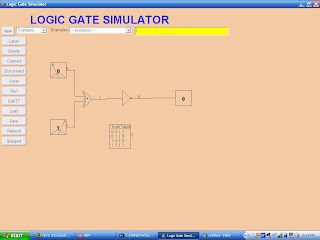The first part of this lab was a good review of the concept of linear regression. Looking at a chart of linear regression is a good way to observe an average of the variables when plotted against each other. It is also helpful to look at the residuals to see how far the observed outcome is from the predicted.
I have calculated all of the descriptive statistics in this lab before in other math classes, however, the lab did it in a different way then what I have learned. In the past I was instructed to do the calculations by entering the data into a graphing calculator (TI-83) and having the calculator do the work. This lab showed me the actual equations and how to use Excel to make the calculations easier. With only a couple clicks, Excel can give me all of the statistics I would need and then some.
I also went through the keystrokes necessary to create charts from spreadsheet data. This makes it easier to observe the behavior of the data, and we can put data next to each other and compare.
Inductive modeling really is a fairly simple process. Concepts like lines of best fit, residuals, and correlation are important and easy to understand when thought about logically. This lab has stressed the fact that it is important to think inductively, not deductively, when observing statistics. This type of statistics sort of parallel Hertzian's modeling paradigm. Both use the concept of predicted and observed results, which essentially are the basis of statistics.
Friday, March 30, 2007
Thursday, March 22, 2007
Monday, March 5, 2007
Lab 7 Task 3: DeMorgan's Law
Subscribe to:
Posts (Atom)


